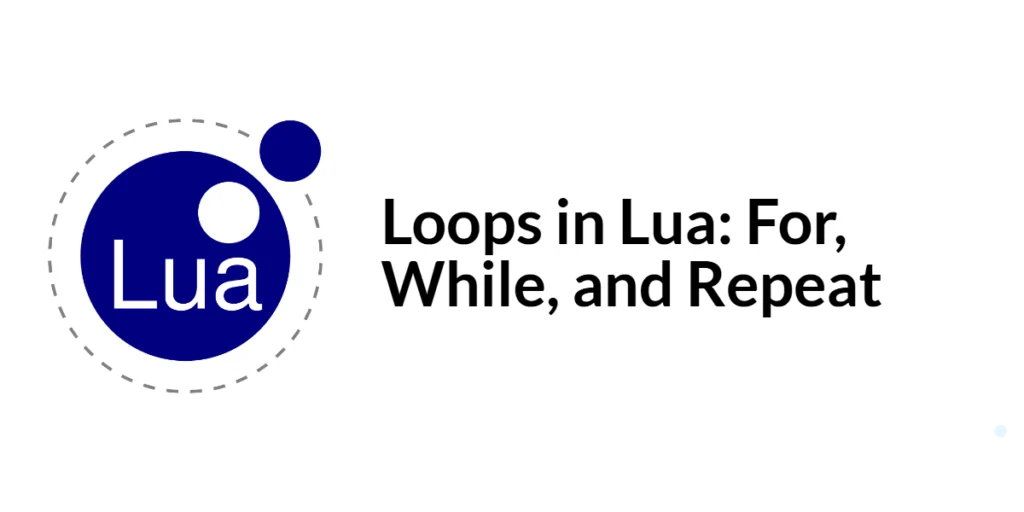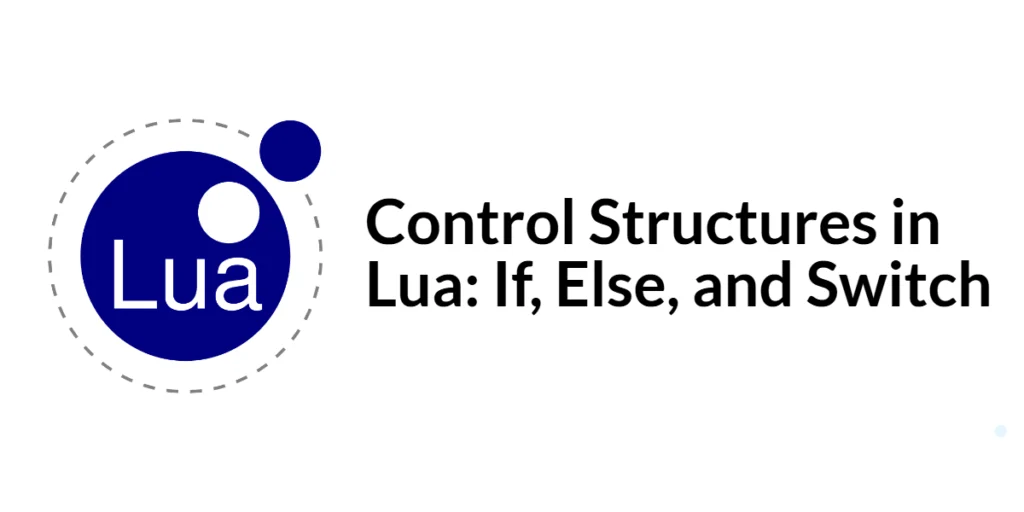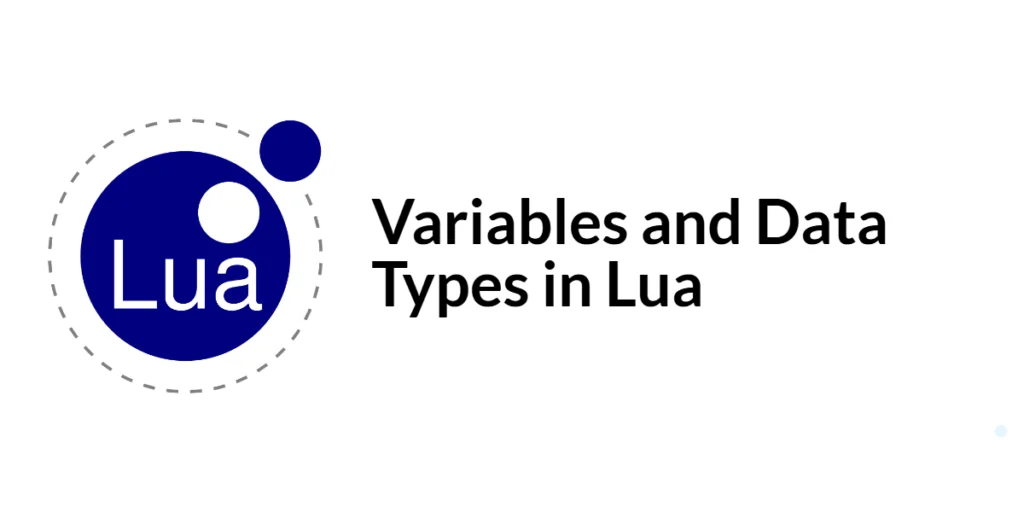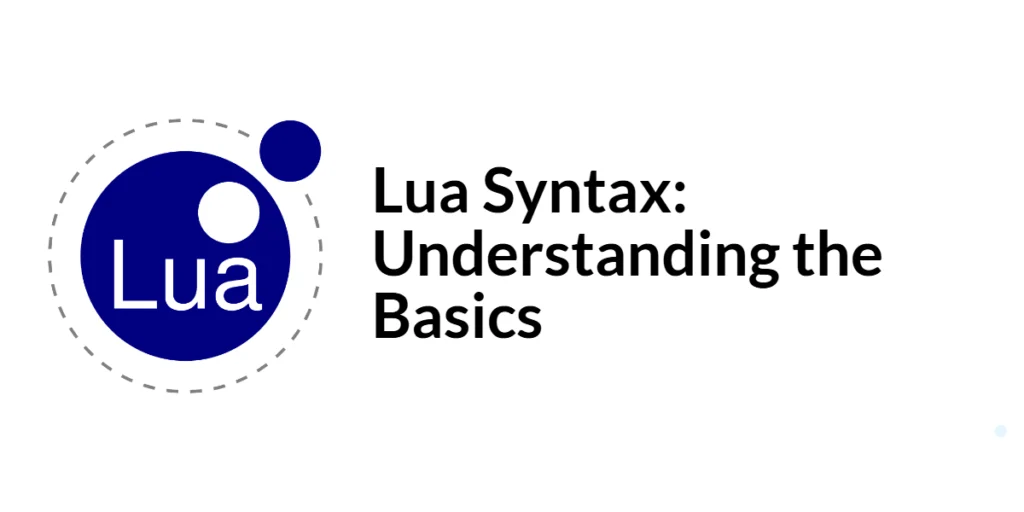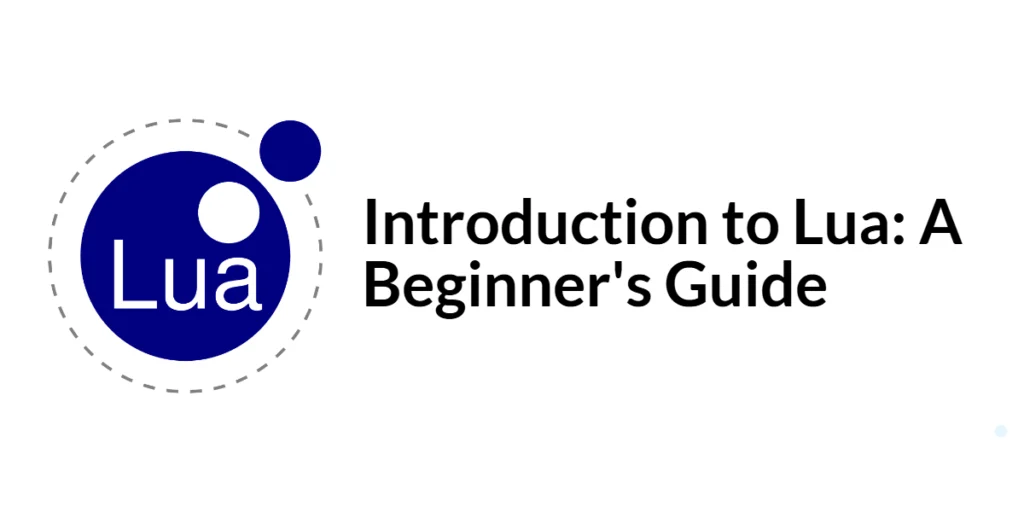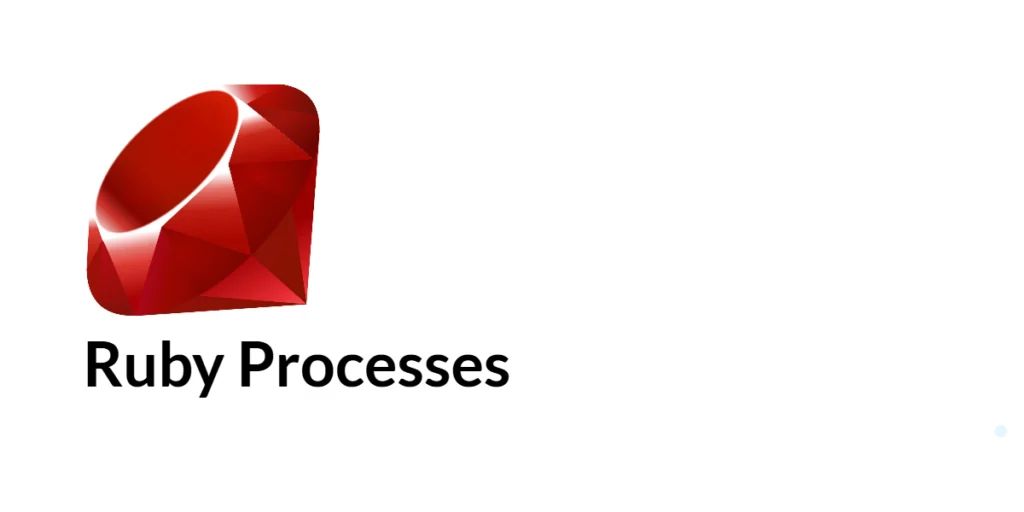Tables in Lua: The Powerful Data Structure
Tables are the cornerstone of Lua’s data structure system, providing a flexible and powerful means to store and manipulate data. Unlike many other programming languages that have distinct structures for arrays, lists, and dictionaries, Lua uses tables to handle all these data structures. This versatility makes tables an essential part of Lua programming, enabling developers […]
Tables in Lua: The Powerful Data Structure Read More »


